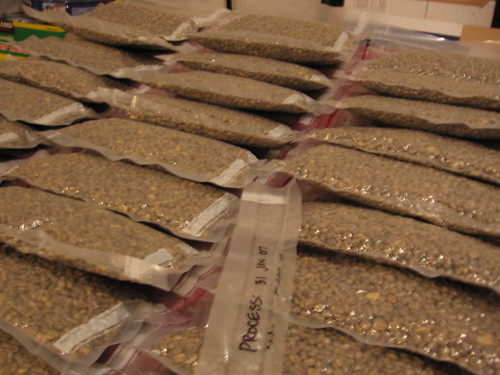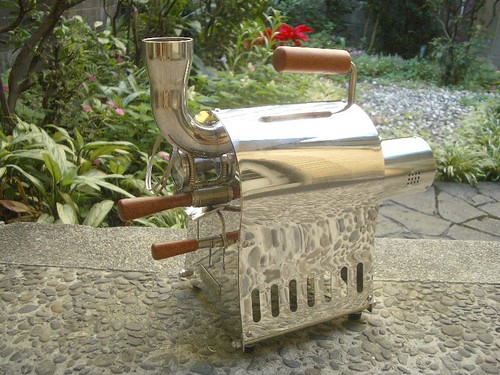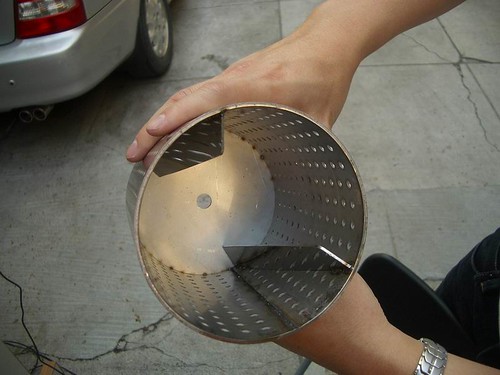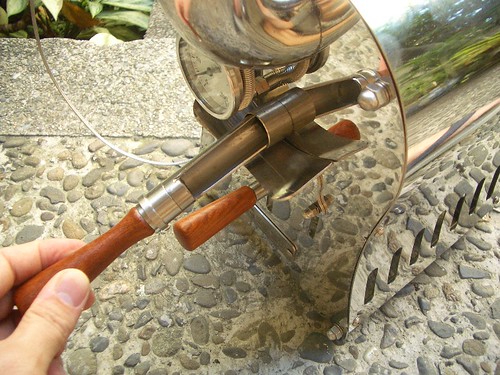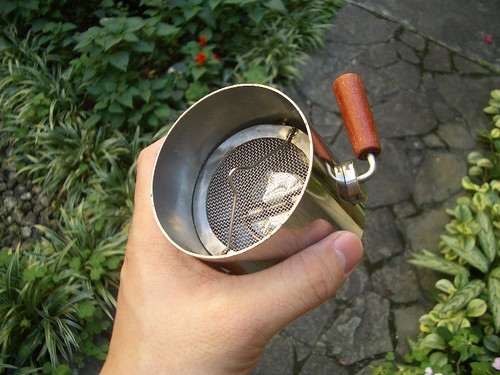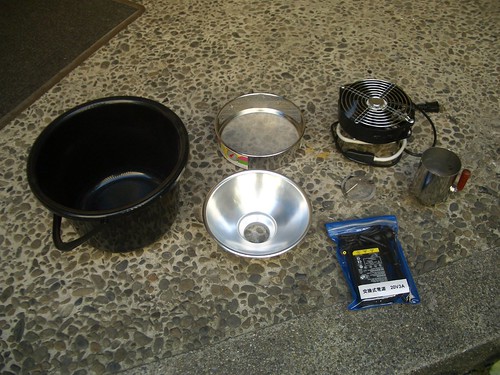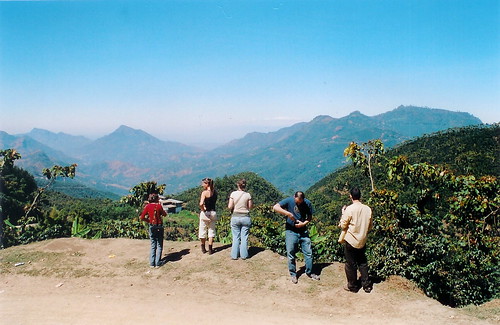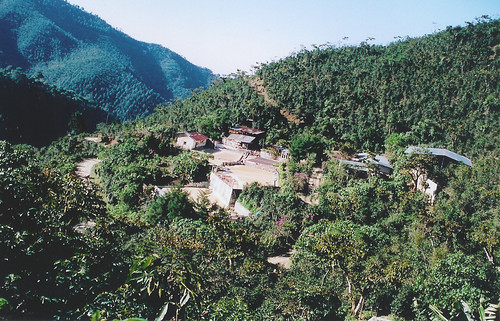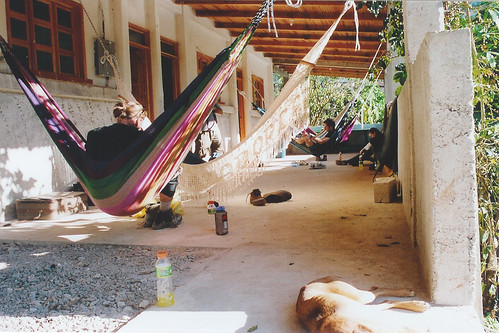
Since the novelty of the bottomless portafilter has since come and gone (for most), the tagline that good Barista like to watch has been offered more than once. That's a silly statement because everyone likes to watch. Even if you don't like coffee, the novelty of a beautiful bottomless extraction is a great draw. There is a huge thread on the coffeegeek forums of simply people taking photos of glorious espresso shots.
Great. Good. Amazing. Let's frame it!

Thing is, I really want to see a barista sneak a shot in between orders and taste it. Not my shot! Maybe a throw away shot or a split shot where instead of throwing away half, keeping it and taking a sip to evalutate it. Yeah, that's the sign of a good barista, much like a good chef, always tasting everything.
Visuals can lie. Volumes can be off because of freshness or roast variations, but taste is the only way to go. Evaluating the shot by diagnosing it's taste. There are so many times I have found bad batches simply because I stopped and tasted a shot every now and then. Accountability is doing that step in quality control where you taste it.
You want to learn how to make the perfect shot? Well, first off, there is no perfect shot, only a series of great shots you will find once you become serious about espresso. The truth is though that you will never really progress as a barista, home barista, or general aficianado unless you learn to understand what you are tasting.
It's sour. What kind of sour and what is causing it?
The causes range from bean sours, defects, fermentation issues, clean fruit acidity, improper brew temps, improper dose, and possibly the roast profile. To put it simply, it's complicated. Then take into effect that you must diagnose this for not only your array of sours but for the many different bitters as well. Finding that balance where the cupping notes come through is hard.
The Barista controls the dose, grind, temperature, and an array of other minutia to tweak the most from each offering.
Taste. It takes experience and training and a lot of time drinking a lot of bad coffee to understand what is good.
For a Barista to identify the smoke and know that they need to up the dose and shorten the shot, that's a skill. That's why all the great Barista spend so much time learning to cup.
A good Barista knows taste.




